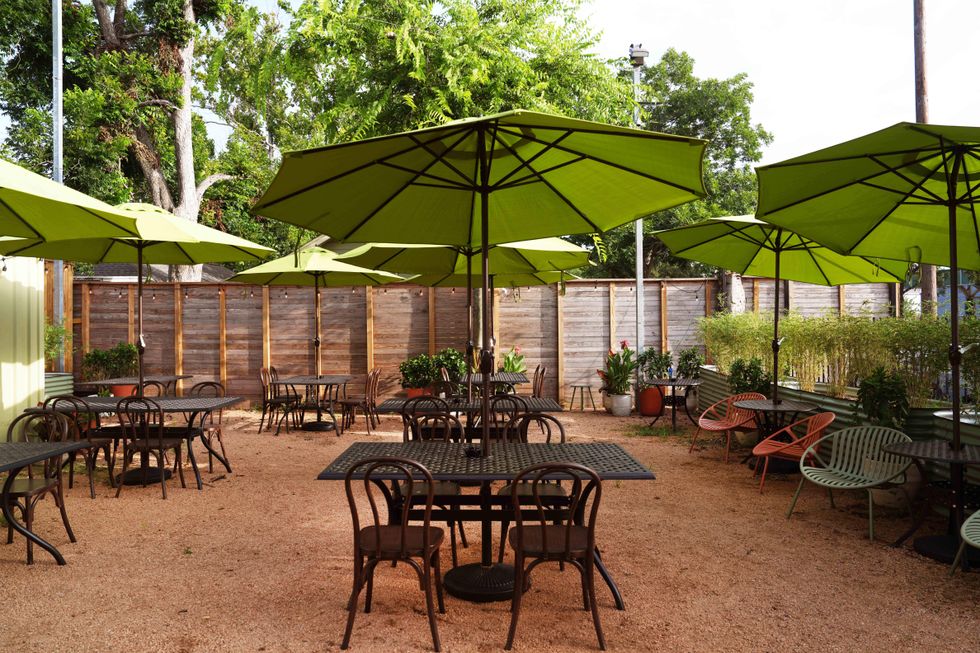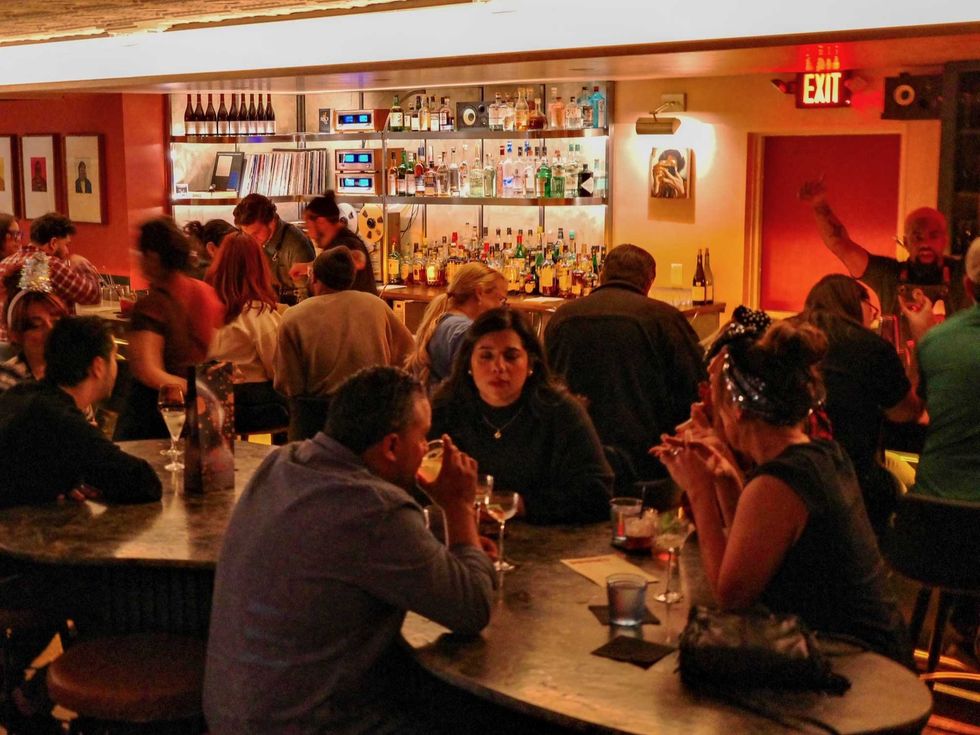Celebrating Year of the Tiger
Hoi Fung of Fung's Kitchen bridges cultures with his culinary creations
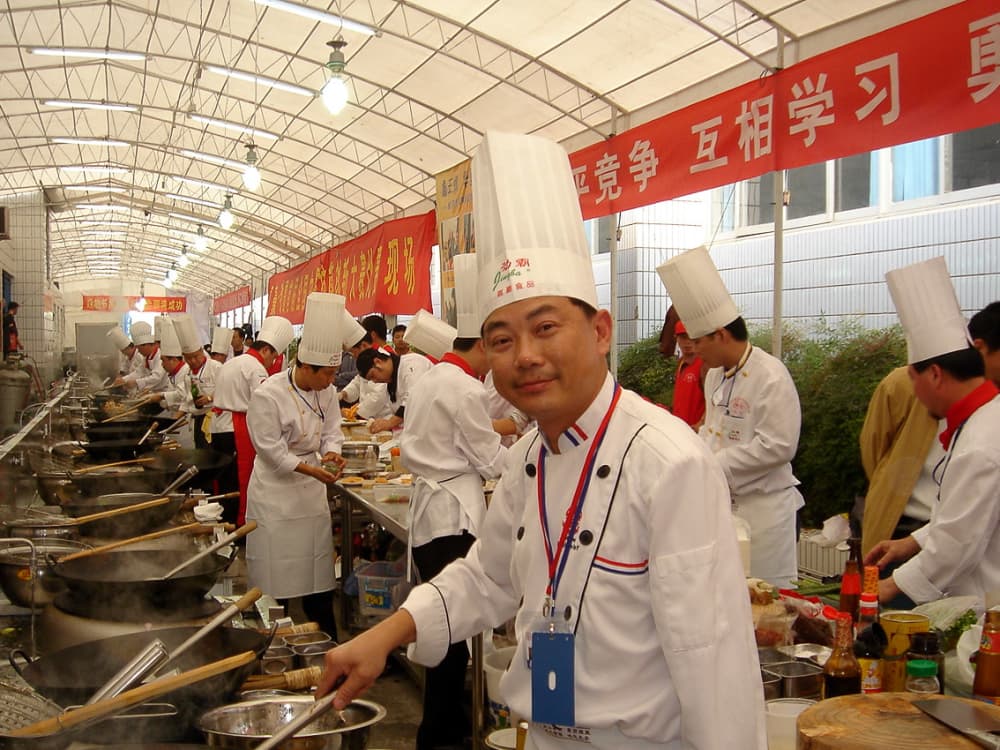 Fung’s Kitchen chef-owner Hoi Fung competed against hundreds of other chefs forthe coveted Super Gold Medal at the annual 2005 World Association of ChineseCuisine’s competition in Malaysia.
Fung’s Kitchen chef-owner Hoi Fung competed against hundreds of other chefs forthe coveted Super Gold Medal at the annual 2005 World Association of ChineseCuisine’s competition in Malaysia.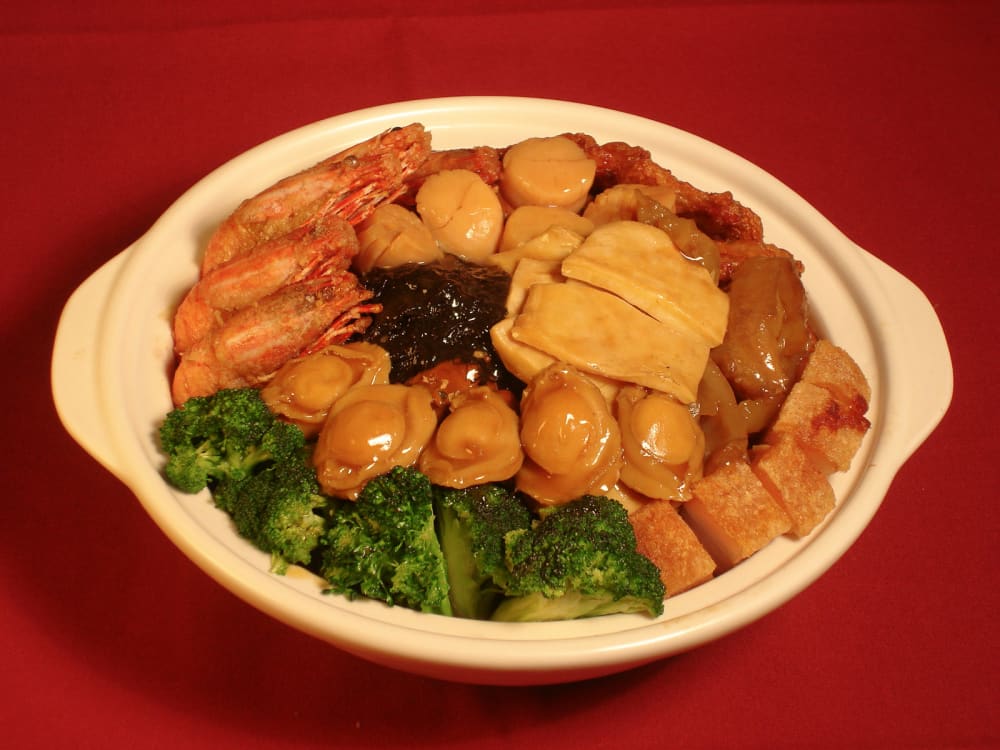 Chef Hoi Fung's Chinese Hot Pot with prawns, broccoli and tofu
Chef Hoi Fung's Chinese Hot Pot with prawns, broccoli and tofu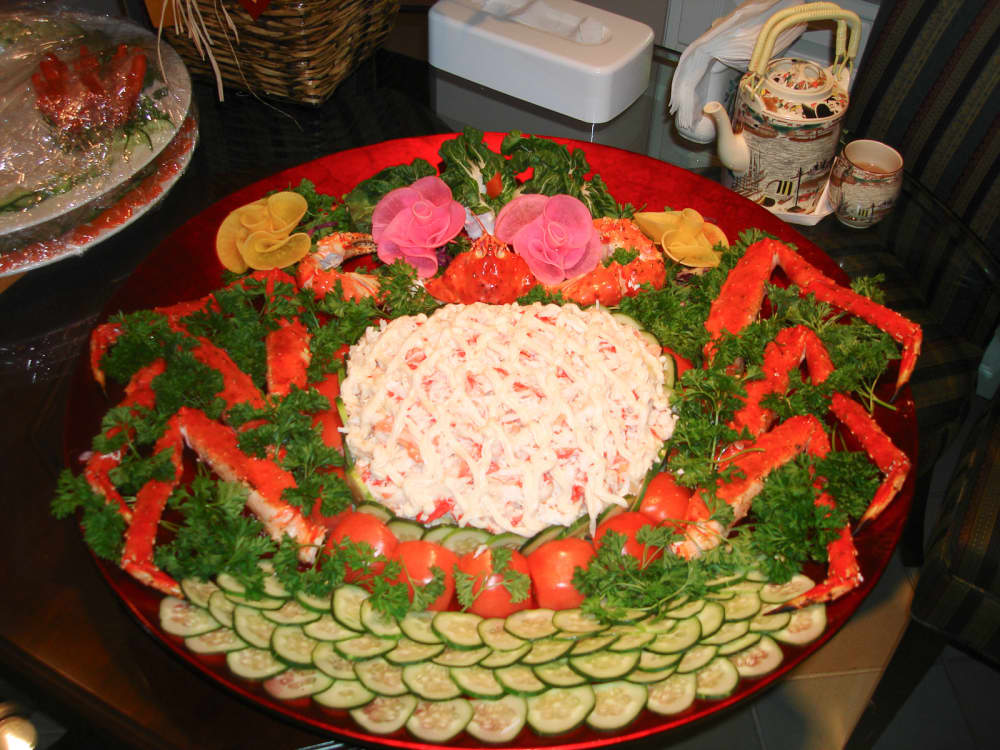 Alaskan king crab seafood salad at a Chinese banquet dinner, masterfullyprepared and artfully presented by Fung
Alaskan king crab seafood salad at a Chinese banquet dinner, masterfullyprepared and artfully presented by Fung Families traditionally gather throughout 15-day Chinese Lunar New Year’scelebration for dim sum, little bites that include dozens of different steamedor fried dumplings and bite-sized pastries. Here's just a sampling of Fung'screations.Courtesy of Fung's Kitchen
Families traditionally gather throughout 15-day Chinese Lunar New Year’scelebration for dim sum, little bites that include dozens of different steamedor fried dumplings and bite-sized pastries. Here's just a sampling of Fung'screations.Courtesy of Fung's Kitchen
To many Chinese, Hoi Fung is a culinary rock star, a rags-to-riches story that inspires cooking neophytes. The 54-year-old evokes reverence, and many Chinese food authorities credit him for helping reshape Houston’s ethnic dining scene. Yet, few non-Chinese speakers have heard of him.
Many, however, have heard of his restaurant, Fung’s Kitchen, or at the very least, how richly he has decorated the 25,000-square-foot space with muted pastel walls laden with Chinese antiques and artworks, Fung’s other passions. Over the top decor? Possibly. But it makes an ideal setting for a Chinese wedding banquet. And that’s the intention. The space purposely emanates a sense of pageantry with red embroidered chairs and lustrous gold paint. It’s a festive and elaborate frame for his Hong Kong-style dishes, many of them classics while others are his creations.
“He’s not just a technician. He’s a master,” says celebrated TV chef and cookbook author Martin Yan. “He can turn simple ingredients into a masterpiece, a great, memorable dish, and that to me is a master.”
In 2005, Fung took the coveted top prize at the World Association of Chinese Cuisine’s competition. Fung’s Kitchen also is on the Chinese Restaurant News’ list of Top 100 Chinese restaurants.
Good friends, Yan and Fung have traded many secrets and ideas. One resulted in the prestigious Martin Yan Culinary Arts Center. Founded in 2007, the culinary academy was financially jumpstarted by Yan and a dozen well-regarded Chinese chefs from around the world, including Fung. The international academy in Shenzhen, a metropolis of 12 million people in China, attracts chefs from around the world who are eager to delve deeper into Chinese cooking.
Another idea arose from their exchanges. For the first time in the 20 years since Fung opened his restaurant in south Houston, he will host a Chinese Lunar New Year celebration at 7 p.m. Tuesday. The traditional nine-course feast will usher in the Year of the Tiger with lion dances and other cultural performances along with cooking demonstrations by Fung, Yan and Dorothy Huang.
“Nine is a lucky number. Therefore, we’re serving nine dishes because the nine sounds like ‘forever’ in Chinese,” says Huang, author of Chinese Cooking, Made Simple (Pinewood Press, $27.95).
Back home in China, the New Year’s celebration continues for another two weeks, ending on the 15th day with the Lantern Festival. Until then, families and friends gather, sometimes in the home and other times out for dim sum. Here in Houston, dim sum is a popular weekend affair at Fung’s Kitchen, where about 2,500 people pile through the column entrance for the diminutive treats on Sunday alone.
Long-time patrons know the routine, Fung says. Chinese regulars may ask for the dishes by name as the dim sum specialties are carted table to table on four-wheel trays. But the Vietnamese, Hispanics and Anglos save their breath. They point to the dishes with satisfying results. On cue, using metal tongs, the wait staff places aluminum steamers containing dumplings and other delicacies, such barbecue pork buns, sautéed mussels and pan-fried turnip cakes, onto tables. Diners choose from dozens of dumplings, some filled with shrimp, others pork with mushrooms or chives. Fung’s favorite is the tender pork dumpling, crowned with delicate masago roe.
“This was my idea to combine Chinese xiu mai with Japanese masago you see all the time at sushi restaurants,” he says. “I’m always trying to come up with new ideas; my customers expect it.”
Many of his customers are wealthy Asian businessmen, unfazed at spending thousands for authentic bird’s nest soup. At $2,500 a pound, the bird’s nest soup costs about $75 for a small cup. From fresh abalone to shark’s fin, Fung’s Kitchen has built a reputation for being able to acquire rare, precious ingredients. Finding a source is easy. Finding a good, trustworthy source is another story.
Fung regularly travels to China to source new, exotic ingredients and to bring back ideas. Diners are always looking for something new and different, he says. These days, his well-traveled clients are familiar with the cuisines of China, from Szechuan to Cantonese. Like Italy, each region has a distinctive cuisine. But when Fung arrived in Houston in 1982, diners knew only one kind.
“Chinese American – sweet and sour pork, beef and broccoli, moo moo gai pan – dishes you wouldn’t find back home. Well, nowadays you can because of American tourists, but not back then,” he says.
With less than $2,000 in savings, Fung immigrated to Houston with wife Nancy to look for better opportunities. “Houston’s weather was closest to Hong Kong,” he says. “So I came here to cook.”
Fung comes from a family of restaurateurs. Even though his father owned a restaurant, he had to learn to cook or starve. “The cooks at my family restaurant were all too lazy,” he says with a laugh. “They would tell me, ‘If you’re hungry, cook your own food. Don’t expect us to serve you.”
In 1990, after working at several restaurants around town, he opened a 3,000-square-foot Fung’s Kitchen. The first day, there was a line out the door, he recalls. People were hungry for something different, and Fung broke the Chinese-American mold with an authentic Cantonese menu.
When in search of authentic Chinese, many Chinese-speakers still point in the direction of Fung’s Kitchen. Chef Fung is particularly proud of this, believing that food can bridge different cultures.
“My father told me once that no matter if you’re rich or poor, you need food to live,” he says. “It connects us all.”




